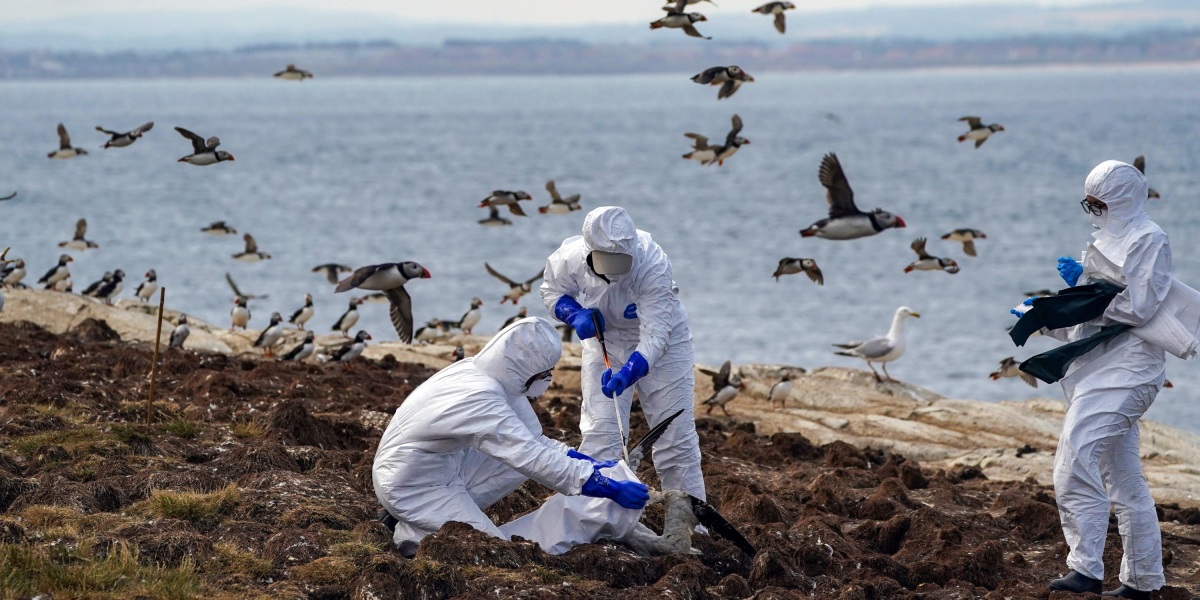
If the last few years have taught us anything, it’s that vigilance is crucial. We do need to closely observe how viruses in animals are developing, and be prepared to tackle a jump to humans. We don’t need to panic, though. Not yet, anyway.
Read more from Tech Review’s archive
We’ve been here before. Scientists were trying to work out how bird flu might make the jump to humans back in the 2000s, as Emily Singer wrote.
Close monitoring of viruses’ ever-changing genomes has helped us navigate the covid-19 pandemic. It will be vital for future public health threats too, as Linda Nordling wrote last year.
It takes a long time to make a flu vaccine. But the next generation of mRNA vaccines could protect against flu—along with a bunch of other viruses—and could be whipped up in a fraction of the time it takes to make existing vaccines, as I wrote last month.
New mutations that allow viruses to jump from animals to humans can happen anywhere, at any time. But that won’t stop some people from insisting they’ve been concocted by scientists in a lab. Shi Zhengli, who has long studied coronaviruses in bats at the Wuhan Institute of Virology, had to deal with these accusations during the covid-19 pandemic. Jane Qiu covered her story last year.
Tech Review has been covering pandemics since 1956. Apparently back then it was perfectly fine to write that “the people of this world have been molested by a long series of awesome epidemics.”
From around the web
Emergency services are getting false distress calls from the iPhones and Apple Watches of skiers and fitness enthusiasts who are very much alive and well. (The New York Times)
Here’s what US states are doing to abortion rights in 2023. Some are trying to protect these rights, while others are attempting to strip them further away. (ProPublica)
